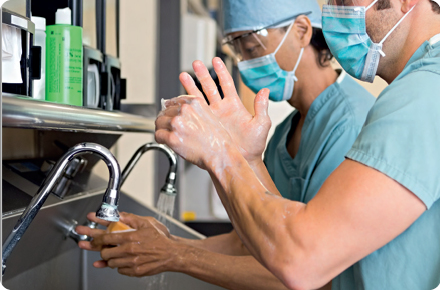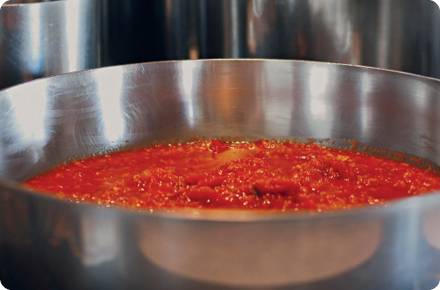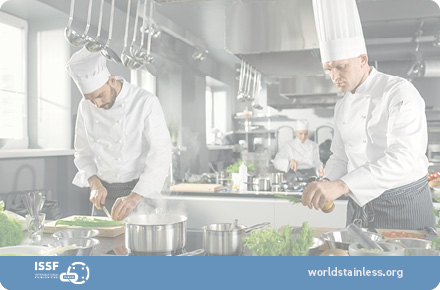Disinfection of stainless steel in hospitals

The continuing safety of using stainless steel in hospital environments has been confirmed in a new study commissioned by Team Stainless. Researchers from Manchester Metropolitan University and AgroParisTech found that there was no discernible difference between the efficiency of disinfection across the range of grades and finishes, and whether or not the stainless steel was new or aged. This confirms the effectiveness of disinfecting stainless steel against bacteria associated with HAIs and its ongoing suitability as a material for use in clinical environments.
A summary brochure, ‘Disinfection of stainless steel in hospitals’ is available to download from the Team Stainless website. It can be downloaded in English or Spanish [clicking on the language will open the brochure].










